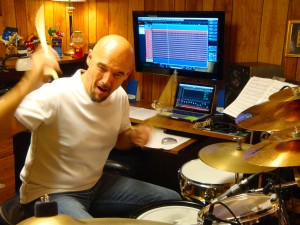
My recording set up.
Even with staying in Nashville more I’m wearing “many different hats.” I’m still adjusting to the NEW season. — Read on —
In the modern recording world almost EVERY musician has some kind of home recording set up. It’s just the nature of the music business today. Even though I really enjoy being in a big studio with other players and making music as a collective, creative group… it is absolutely necessary that I have a working space at home that is set up to record drum and percussion tracks. Even today, before writing this post, I was finishing up some drum tracks for a client from South Africa – with a producer in Florida. It still blows my mind to think of how “small” the world has become with the invention of “file sharing.” Amazing!
With my laptop hooked up to a large flat screen monitor, and a bluetooth mouse, I can work from anywhere in my studio. Setting at the drums everything is pretty handy. BUT when I’m set up in other areas of the room with a lot of percussion gear it’s nice to see what’s going on and to be able to click & drag as needed. Sometimes I even have other players in to track with me. I just have one working room so the other musicians have to plug in direct and use closed in-ear monitors to play along while I’m playing drums. Although I have put a guitar amp in the cellar adjacent to my basement studio and the sound was very isolated. Quite often we work on songs a piece at a time. It all depends on what’s needed for the song, and how the client wants to work. In the end, it’s about getting the music to feel great. There are rules to recording… but we break them sometimes too. CONTACT ME for DRUM & PERCUSSION tracks… OR for a FULL production project. – CONTACT INFO. — OR at Facebook. — FB link

Carl and “his better half,” Leann.
AND… then there’s songwriting, writing articles, and teaching. Yes, I do like all of those endeavors too. Leann and I set aside time to work on new material for her new project, for worship at The Well of Nashville, and for other people. This has always been a part of our lives. Now, with being home more, I actually have time to be more proactive about that creative part of my life. Stay tuned, you should be seeing a NEW Leann project by spring.
*A sneak preview*
If you want to see what’s happening in ministry world, you can watch us “LIVE” every Tuesday @ 7pm CST on our web broadcast, via “Ustream.” We have been pastoring “The Well of Nashville” for several years now. We lead worship, share, pray, and encourage others to dive in deep with us to see what the Lord has in store. Jesus is always pouring out something fresh. *See what’s happening*
Thanks for all your prayers & support through the years and during this season of change. I feel challenged and stretched. It takes a big leap of faith to “step out of the boat.”
Blessings,
Carl






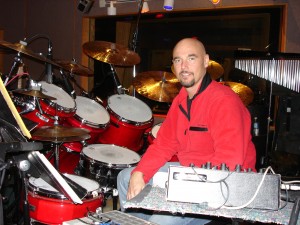

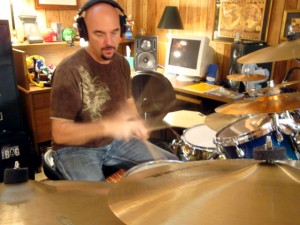
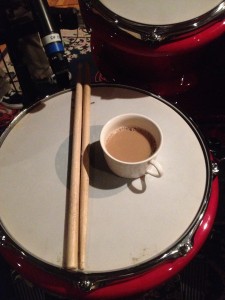
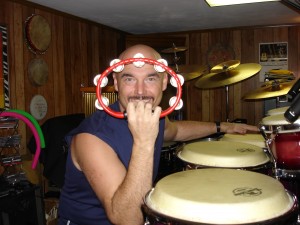







Recent Comments